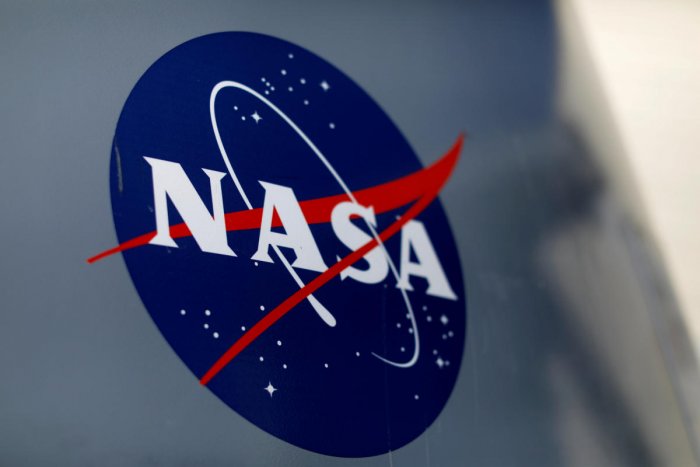As the coronavirus outbreak expands in the US, it was only matter of time for the projects and programs at NASA to be affected, as they require a large number of staff members to be available in the different facilities across the country – some of them now shut down as a response to the virus.

NASA has its own framework to deal with the coronavirus, including four different stages – each one detailing the number of people that have to work from home and the amount of travel allowed. Six facilities are already on Stage 4, which means mandatory telework and all travel suspended.
“We are going to take care of our people. That’s our first priority,” said NASA Administrator Jim Bridenstine. “Technology allows us to do a lot of what we need to do remotely, but, where hands-on work is required, it is difficult or impossible to comply with CDC guidelines while processing spaceflight hardware.”
Shutting down several of NASA’s facilities has meant delays for both NASA’s Space Launch System (SLS) and Orion crew capsule. Testing and integration on both vehicles, integral components of NASA’s beleaguered Artemis Mission, has also been paused for the time being.
Work on the James Webb Space Telescope, the world’s most powerful space science observatory, was also suspended. The project has already been subject to other delays in the past so it’s unclear yet how this decision will affect its work program.
“Decisions could be adjusted as the situation continues to unfold over the weekend and into next week. The decision was made to ensure the safety of the workforce. The observatory remains safe in its cleanroom environment,” NASA explained in a statement.
Nevertheless, it’s not all bad news. The Mars 2020 mission remains on schedule, but there could be delays before the planned July launch. If this happened, it will take a long time before setting up a new launch date, NASA estimates, probably having to wait until 2022 for a new opportunity for the launch.
Science division director Lori Glaze told reporters that NASA “will ensure” to meet the launch window of July. “As of right now, and even if we go to the next stage of alert, Mars 2020 is moving forward on schedule and everything is, so far, very well on track,” she added.
At the same time, flight controllers at NASA’s Johnson Space Center in Houston are also working normally, as one of the priorities of the space agency is to ensure the safety of the astronauts at the International Space Station (ISS). NASA still plans to send astronaut Chris Cassidy to the ISS on April 9.









